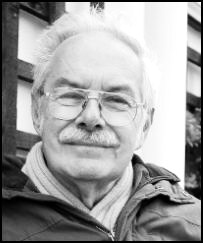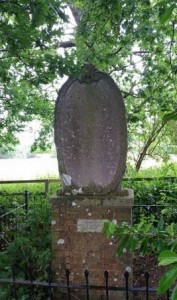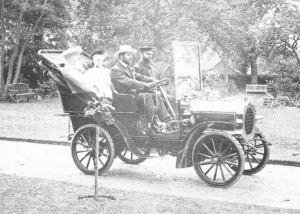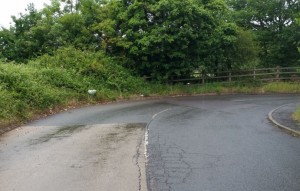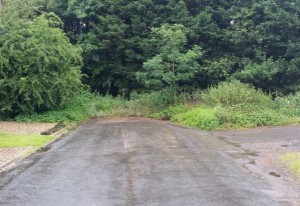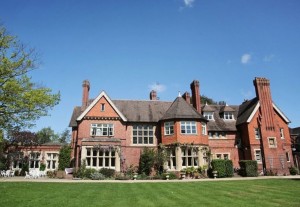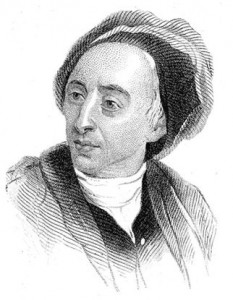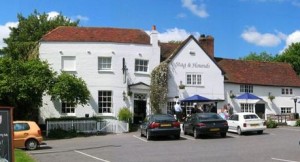In last week’s article we discovered the origins of the Royal Windsor Forest and its influence on the early communities of Wokingham and its surrounding villages. This week and with the help of local historian PETER SHILHAM we take a journey along an old turnpike road and into the centre point of the forest.
Driving from Winnersh on the Reading Road towards Wokingham, we pass under the M4 and soon after on the left hand side is a small turning called ‘Old Forest Road’. Many parents will know this as the road to ‘Monkey Mates’, a veritable factory of fun for our younger residents. In 1770 however, it was a busy ‘turnpike’ road which was built by a wealthy consortium who lived along it and would receive a range of obvious benefits. A monument is placed on the road which provides a list of those who paid the not inconsiderable sum to build it.
Turnpikes were roads built by private subscription and tolls charged either for profit or at least to pay towards the maintenance of the highway. They developed over the course of the 1700’s as a response to the appalling condition of existing roads, which in some places were so bad that travellers were known to drown in the pot holes!
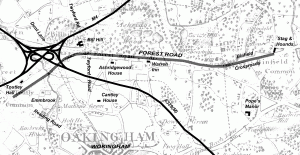
Modern image of A329M overlays Thomas Pride map of late 18th century Wokingham. (click for full size)*
Just over the railway bridge on the Old Forest Road was Toutley Hall on the left side. The Reading Mercury and Oxford Gazette of 17th November 1788 carried a notice of the sale of Toutley Hall to be held at The Rose Inn, describing it as:
‘A modern built brick villa completely adapted for a small family with coach house and stabling for four horses, and two acres of rich meadow adjoining, most agreeably and delightfully situated on an extensive lawn called Toutley Common, within one mile and a half of Wokingham, and five from Reading, commanding a variety of beautiful prospects and near a turnpike road. A coach goes by the door to and from London every day.”
For about a mile the road runs along the north side of Emmbrook village, but then swerves hard right into an industrial area before coming to an abrupt end.
The building of the A329M in the 1970’s obliterated Emmbrook’s connection with the rural beauty of the village of Hurst and surrounding farms. Prior to 1975 the Old Forest Road carried on into Binfield and a road which was also cut off was Dunt Lane, which followed the winding Emm Brook towards Dinton Pastures and Hurst village. For the villagers of Emmbrook after 1975 access to this beautiful part of the country must have been sorely missed.
If we are to understand how the Emmbrook community connected to the villages of Hurst and Binfield, we need to follow the Forest Road and imagine a bridge crosses over the A329M. The Forest Road now continues past Pike Farm on the right and we pass the historic house of Bill Hill which is now a stud farm and even today has horses racing along the fields and can be viewed from the roadside. During the 1800’s however, Bill Hill was occupied by Justice of the Peace, John Leveson Gower whose family owned 1000 acres of land in the area.
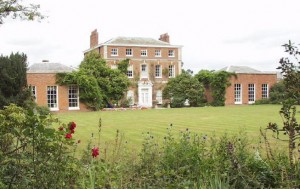
The magnificent Bill Hill House is now a stud farm located on the corner of the Forest and Twyford Roads.
In the course of his duties Mr Leveson Gower’s name appears in a number of grizzly articles reported by the press during this period. His name also appears in the history of Emmbrook’s efforts in building both a library and school for the area.
From our imagined bridge across the A329M it is only a half mile before we reach the junction of Forest Road and the Twyford Road. Before crossing we can look to our right back into Wokingham and the Cantley House Hotel.
This house, a part of the Matthews Green Estate was owned by the Nicholson family who were also leading members of both the Wokingham and Emmbrook community. The family built High Close (now Barnados), Clare Court (now flats) and Glebelands (now a care home). Four sons entered into the Great War with only one, Walter surviving. He was killed in the Second World War.
We cross the Twyford Road and continue along the Forest Road where we can see the houses which made up the Ashridgewood Estate and housed the Allfrey family. Frederick De Vere Bruce Allfrey, the only son and heir was a 9th Lancer and in September 1914 charged in Europe’s last lance on lance battle. His friend Guy Reynolds was unseated in the charge against the German lancers and Frederick was shot dead whilst attempting to remove a lance from Guy’s leg. The wider Allfrey family also owned Wokefield Park near Newbury.
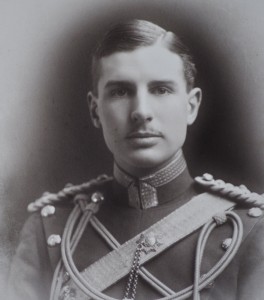
Lt Frederick Bruce De Vere Allfrey’s family were residents of the Ashridgewood Estate. He was killed on 7th September 1914
The Allfreys were another family who were leaders of the community and whose descendants’ lives were snuffed out by war
After only a few miles we enter the village of Binfield and not far from the Forest Road is White Hill (now Pope’s Manor), where poet Alexander Pope 1688 – 1744 was brought up as a child. Besides being one of the most influential writers of his generation, authoring such works as ‘Windsor Forest,’ he is well known to Wokingham residents for composing the ‘Ballad of Molly Mogg,’ in honour of his waitress at the old Rose Inn (which stood where Costa Coffee/Clinton Cards is) where he sat sheltering from a storm.
We now arrive at the centre of this dark old forest and the end of our brief journey. Can you imagine where this can be?
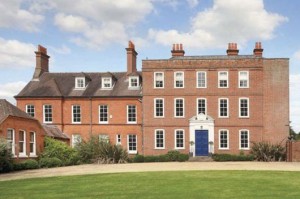
Popes Manor in Binfield, home of Alexander Pope (1688-1744), one of the most influential writers of his generation.
Not surprisingly it’s a pub and once an ancient coaching Inn: ‘The Stag and Hounds’. In next weeks article we will learn of a very dark tale of intrigue and death which was played out in this old Inn and in 1869 was investigated by Bill Hill’s resident and Justice of the Peace, John Leveson Gower.
Today the fields of Emmbrook and north Wokingham have been separated from the villages of Binfield and Hurst ever since the four mile stretch of A329M sliced them in two in 1975.
In the coming weeks we will learn of a time before the building of this road and how the people already named in this article contributed to the education and well-being of the Emmbrook community in the second half of the 1800’s.
* Inscription on monument:
This Road was made by the Subscription of
The Countess of Leicester.
Lady Hervey.
Mrs. Montague.
Mrs. Hewer.
Mrs. Barrum.
Rd. Neville
James Edwd. Colleton Esqr.
Saml. Bowes Esqr.
Romsey Bowes Esqr.
Rd. Palmer Esqr.
Surveyed by Mr. Basnett.
1770.
* Thanks to David Nash Ford for the map with the placements of the names described in this article. David Nash Ford is the publisher of the excellent www.berkshirehistory.com
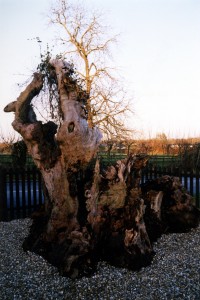
The old Elm Tree, regarded as the centre point of the Royal Forest in the grounds of the Stag and Hounds pub. Photo: BerkshireHistory.com

